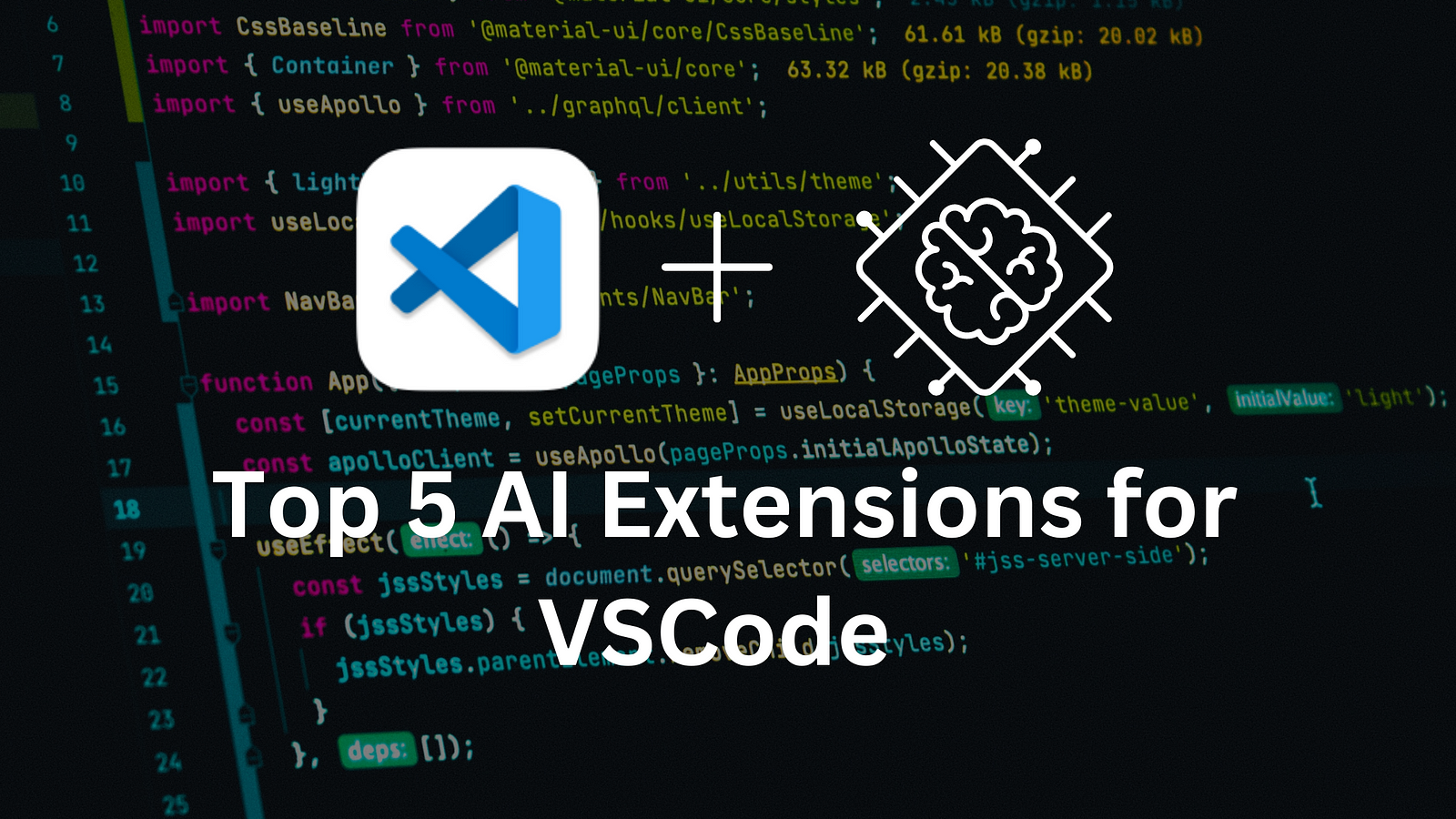OpenAI just presented a progressive blueprint for constructing a cutting-edge production Retrieval-Augmented Generation (RAG) system, marking a new horizon in the utility of large language models (LLMs). The ingenuity of RAG lies in its ability to integrate retrieval-based techniques with generative AI, enhancing accuracy and reliability. A fascinating demonstration delineates a success story with RAG's accuracy soaring to a staggering 98%.
Starting with Naïve RAG
The journey begins with a simplistic implementation of RAG, which amalgamates the generative prowess of models like GPT with document retrieval capabilities. This foundational step sets the stage for more sophisticated enhancements.
Refining Chunks and Strategies
Next, the focus shifts to optimizing chunk configurations. This involves fine-tuning the granularity of data retrieval --- from adjusting chunk sizes to employing strategies that retrieve a broad array of documents but embed a narrower scope. The objective is to balance the breadth and depth of information retrieved.
Reranking and Classification
The third stage bifurcates into reranking and classifying the retrieved results. Reranking serves to order the retrieved documents by relevance, while classification sorts queries into buckets, which could potentially enhance retrieval by anticipating the scope of the query.
Prompt Engineering and Query Expansion
In the final phase, meticulous prompt engineering is paired with dynamic query expansion to refine the RAG's capabilities further. This not only improves the context understanding of the LLM but also allows the system to use external tools more effectively.
Realizing 98% Accuracy
The promise of a 98% accuracy rate is revolutionary, suggesting a potential reduction in hallucinated content and a rise in response quality. Achieving this in the real world could depend on the dataset; nevertheless, the principles for obtaining such precision are rooted in the RAG system's comprehensive approach.
To actualize such accuracy, each stage of the RAG implementation must be meticulously executed. It starts with a robust naive RAG setup, evolves through advanced retrieval and embedding strategies , benefits from sophisticated reranking algorithms, and thrives on intelligent classification systems.
Implementing the above strategies in unison can substantially escalate the accuracy and reliability of a RAG system. Expect me to provide more code-focused tutorials on how to implement these techniques using python.
In conclusion, the journey to achieving a near-perfect accuracy with RAG systems is a meticulous process of iteration, optimization, and expansion. It is a multifaceted approach that demands an understanding of not just machine learning and natural language processing, but also of effective information retrieval and data strategy. With the roadmap laid out and resources made readily accessible, the integration of RAG in LLMs paves the way for a new era of AI accuracy and reliability.


